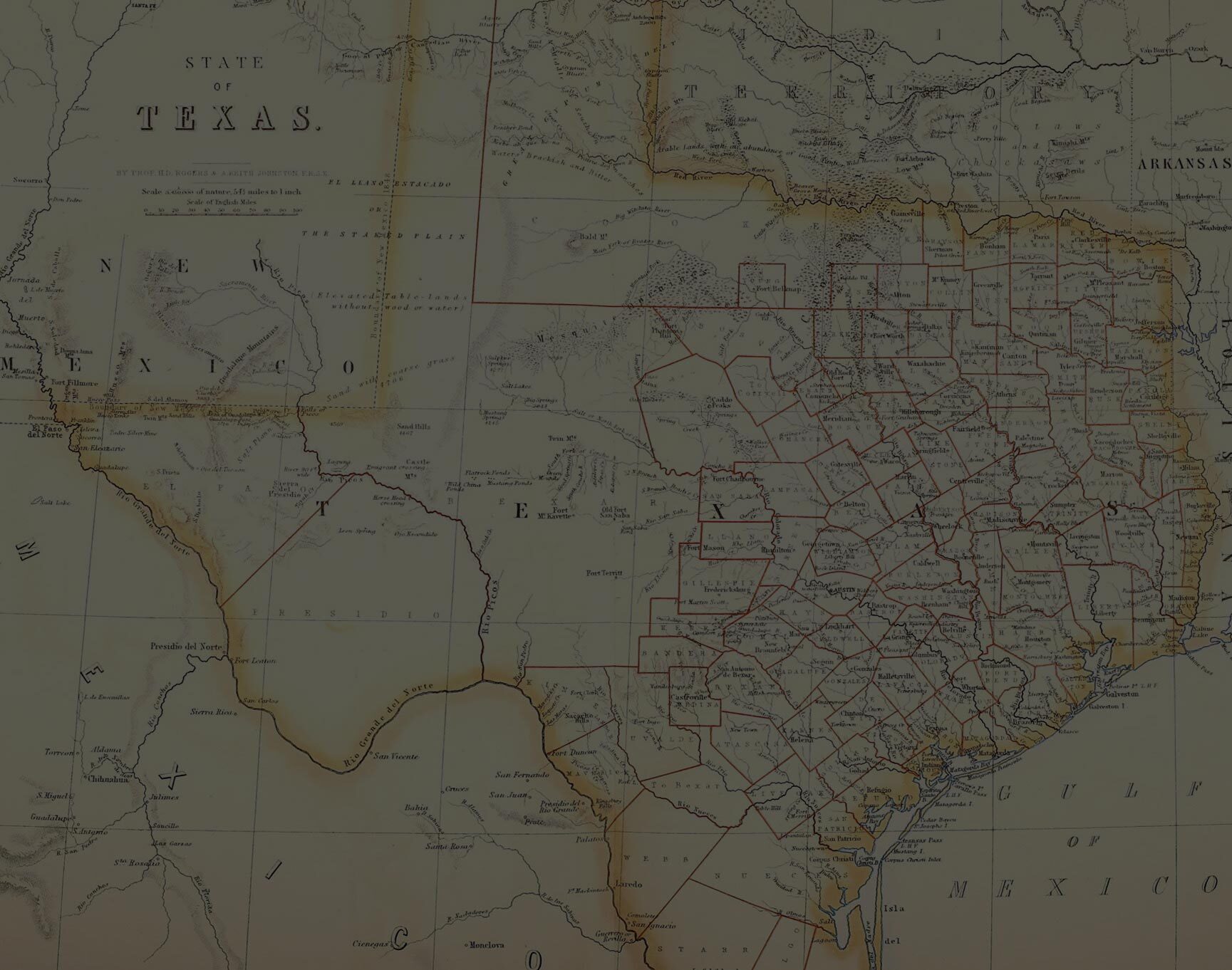“There’s Tough. And Then There’s Texas Tough.”
The above quote is by Lieutenant Governor David Dewhurst, and it describes James Coryell well. Coryell was a prominent hero in Texas’s struggle for independence, was a friend of James Bowie, and reportedly died protecting settlers in 1837. His grave was lost to history—that is, until clues in the oral histories of a former slave community identified a possible resting place for the brave Texas Ranger.
A Ranger Rediscovered
In May of 1837, James Coryell and a group of his Texas Rangers were ambushed by a group of Caddo Indians at the pioneer settlement of Sarahville de Viesca in Falls County, Texas. Coryell was shot, scalped, and left for dead. Reinforcements arrived to find Coryell still alive and took him back to the Sarahville settlement where he died two days later. He was buried near the settlement, but his grave was lost over time.
With assistance from a 1930s WPA narrative by a former slave and the Smithsonian Institution’s forensic experts, the probable site of the grave was rediscovered in 2009 by Texas Historical Commission (THC) archeologists.
In February 2011, the THC and Smithsonian excavated the presumed remains of James Coryell from a lone gravesite near Bull Hill Cemetery in Falls County. The remains were taken to a Pennsylvania laboratory where sophisticated technology was used in attempts to retrieve DNA. A female descendent in Missouri had provided a sample for the match, but, ultimately, the skeletal remains were too deteriorated to retrieve a valid sample.
In 2019, following additional research and examination by Smithsonian anthropologists using state-of-the-art technology, there was enough viable DNA available to finally confirm that the body was indeed that of James Coryell.
In the summer of 2020, we received a grant of $50,000 to produce a PBS documentary, The Lost Grave of James Coryell, Texas Ranger, which will cover significant periods and players in Texas history and the story of James Coryell. The documentary will offer perspective on a diverse set of experiences and events, adding another layer of detail and depth into the history of Texas.
